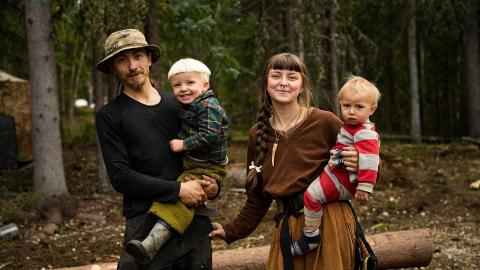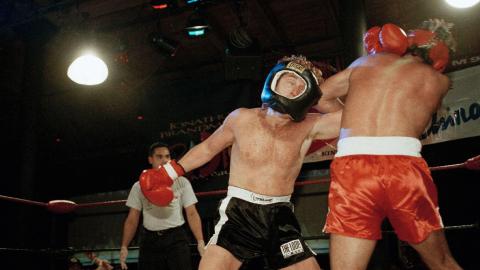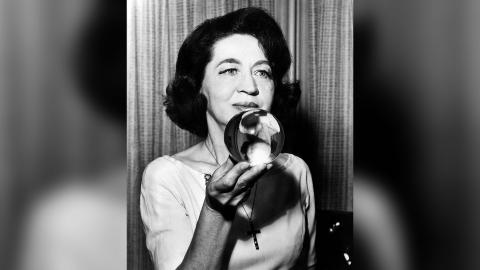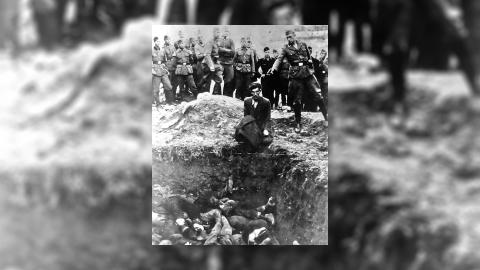Where to see the Ripper’s crime scenes
London’s East End has been utterly transformed since the days of Jack the Ripper, when it was the country’s most notorious and dangerous slum. But that doesn’t mean you can’t still walk in the footsteps of the Whitechapel fiend and the women whose lives he cut so brutally short.
Victim 1: Mary Ann Nichols
In the early hours of 31 August 1888, Mary Ann Nichols was out on the streets of Whitechapel, trying to raise a few pennies to pay for lodgings. Unfortunately, her need for drink led her astray. One of the last places she was seen alive was the Frying Pan pub on Brick Lane, and – while the building is now a hotel and Indian restaurant – you can still make out the frying pan symbols, and part of the original name, high up on the exterior wall.
Wearing a “jolly bonnet” which she hoped would appeal to men who were prowling those bleak streets for female company, Nichols was eventually discovered on nearby Buck’s Row, her throat slashed. Buck’s Row is now called Durward Street, and parts of it that were present in 1888, including the brick wall by which her body was found, and the looming building once known as the Board School, survived into the 21st Century.
Victim 2: Annie Chapman
The murder of Annie Chapman on 8 September 1888 was perhaps the most audacious of them all, taking place under the light of dawn, in the back garden of a terraced house with neighbouring windows overlooking the scene on all sides, amphitheatre-style. Earlier that night, Chapman was working the streets to find money for a doss house, and at around 5.30am another woman saw Chapman standing with a man outside the front entrance of 29 Hanbury Street, which runs close to Brick Lane.
The man asked “Will you?” and Chapman replied “Yes”. A little while later, her disembowelled body was in the back garden of number 29, cut open. Today, Hanbury Street is a hip enclave adorned with street art and dotted with places to eat and drink. It’s a particularly fascinating place for Ripperologists because, apart from the modern shopfronts, one side of the street is still almost exactly as it was in 1888. The other side of the street, which number 29 was part of, was demolished to make way for a brewery. The spot where Chapman’s body was found is now a car park inside the old brewery building.
Victim 3: Elizabeth Stride
On 30 September 1888, a pair of labourers saw Elizabeth Stride in the company of a mysterious man in the Bricklayer’s Arms pub, East London. The pub no longer exists, and the place where Stride’s corpse was later found has also changed beyond recognition.
At the time, it was known as Berner Street, and this is where another witness called Israel Schwartz saw Stride being assaulted by someone Schwartz assumed was her husband or pimp. Was it a “domestic” argument or was this man the Ripper? Not long afterwards, a certain Louis Diemshutz discovered Stride’s dead body in a dark yard on Berner Street. The killer may well have been skulking in the shadows, just metres from Diemshutz when he raised the alarm. Today, Berner Street is called Henriques Street, and a school playground stands where Chapman was so savagely killed.
Victim 4: Catherine Eddowes
Killed on the same night as Elizabeth Stride, Catherine Eddowes is unusual among the canonical five victims because the crime was committed not in the Whitechapel area, but further to the west in the City of London. Banged up in a police cell for drunkenness, Eddowes was released late at night and walked off into the dark streets, where she at some point came into contact with the Ripper.
The place where her corpse was found, grossly disfigured, was a small, dingy pocket of the City of London called Mitre Square. Until relatively recently, it was possible to sit on a bench right alongside the spot she was discovered. Mitre Square has since been the subject of a major revamp, and bears no resemblance to the place Eddowes would have known.
Victim 5: Mary Jane Kelly
The only Ripper victim to have been murdered indoors, Mary Jane Kelly wasn’t simply killed. She was utterly torn apart on her own bed, the Ripper clearly relishing his privacy and indulging his most gruesome impulses. Kelly lived in one of the flats in Miller’s Court, which was just off Dorset Street – a notorious stretch of the East End dubbed “the worst street in London”.
Dorset Street led out from Commercial Street, a major thoroughfare which still stands today, thoroughly gentrified with uber-cool offices and hipster eateries. However, Dorset Street itself has been completely eradicated over time, and the actual area where Kelly’s flat stood is now part of a commercial unit. Anyone making a pilgrimage to the area can instead head to the Ten Bells pub, where Kelly reputedly used to drink, and which still does a roaring trade today.
















